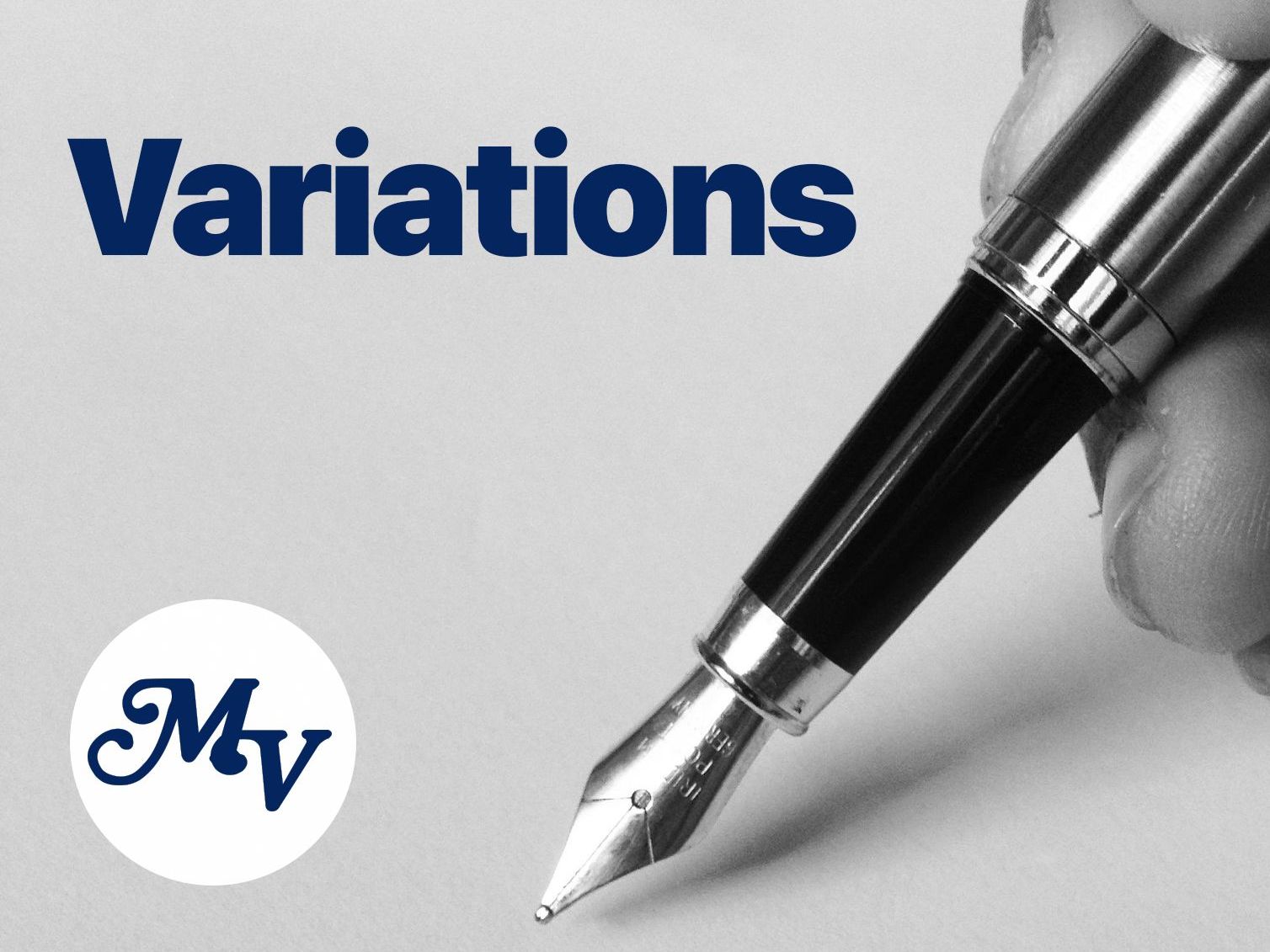
IN an article posted recently by the American Institute for Economic Research, Vladimir Snurenco, an economics instructor at Calvin University in Michigan, looked into what economists call “benefit cliffs.” He said these occur “when earning slightly more — through a raise or extra hours — leaves people worse off because they lose government benefits.” The usual outcome is that individuals on government assistance may reject decently paid jobs if doing so would cause them to lose their benefits.
I witnessed this years ago while working on a special report on island residents receiving food stamps. We found out that, contrary to what many of us believed, many people on food stamps had jobs! But these were “under-the-table” ones so they could continue getting food stamps and other welfare benefits while getting cash from their employers. In other words, they were not lazy. They had just learned how to game the system.
As that young, able-bodied surfer from La Jolla, California said, when asked why he was on food stamps, “It’s free food; it’s awesome.”
Anyway, regarding local food stamp recipients, one of our sources was a gainfully employed former food-stamp recipient. She introduced us to people who were still on food stamps. She sat there with us during the interviews. After hearing about all the government benefits she could no longer collect because she had a job, she rejoined the ranks of the “unemployed.” I can’t blame her.
It’s the same with health insurance. I asked local residents I know why they’d rather not sign up for it. The usual answer I get is, “It’s free” — referring to the public health services provided by CHCC.
And yet, when politicians talk about it, they make it sound like most people here are too poor to afford health insurance.
Some politicians also like to cite the CNMI’s “poverty rate,” which is actually based on the poverty level as defined for the U.S. mainland — you know, the country with the world’s largest economy and the most prosperous by total economic output.
As Snurenco has noted, modern-day welfare in America includes over 80 programs such as Head Start, Medicare, Medicaid, housing/utility vouchers, food stamps, and the like. Many if not almost all are available to qualified CNMI residents.
In their splendid 2022 book, “The Myth of Inequality,” former Sen. Phil Gramm and economists Robert Ekelunds and John Early argue that the widely accepted narrative of rising and extreme inequality in the U.S. is fundamentally flawed due to government mismeasurement. Official statistics — particularly those from the U.S. Census Bureau — dramatically overstate both poverty and income inequality because they exclude most government transfer payments (such as food stamps, Medicaid, and housing subsidies) from the calculation of household income for lower-income Americans. Official poverty rates do not include the value of non-cash government benefits.
Apparently, territorial or state officials like it that way so their governments can keep raking in more of that sweet federal taxpayer moolah. Awesome.
***
According to Snurenco, many economists believe that flaws in the welfare system can be “smoothed out” through better program design. “But this view overlooks a critical factor: human psychology. To truly address benefit cliffs, policymakers must move beyond formulas and graphs and consider how people actually think, feel, and behave. In some cases, benefit cliffs may not just be hard to eliminate — they may be impossible to fully remove.”
Right on.
Many well-intentioned government policies fail because they’re based on how people ought to act — not how they actually behave.
In the CNMI’s case, one policy issue that has been discussed and debated inside out since at least the Trust Territory era is workforce availability. If you hear some people talk about it, you’d think it’s all about “political will” and not geography, demographics, personal preferences and federal rules that do not match island realities. Over and over, they’ll talk about “training,” “education,” “wage rates,” “sustainability,” “self-reliance” as if these were new concepts no one has ever heard of until now. There will be no mention of how larger (and more prosperous) countries and territories have been hiring foreign workers “since ever since.” Today, immigration — specifically, labor shortages in certain jobs — remains a hot-button issue in the U.S., a nation founded by immigrants.
In this and other policy discussions, we need nuance, we need specifics, we need humility — and we need to know exactly what we’re talking about.
Send feedback to editor@mvariety.com











